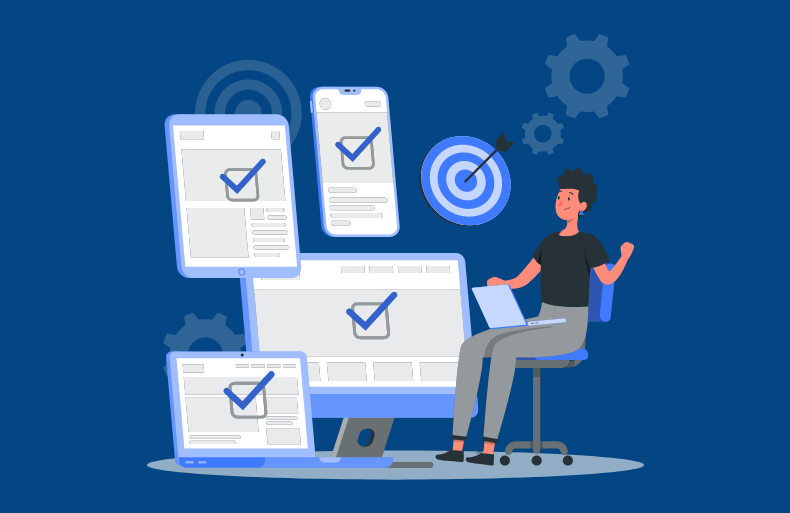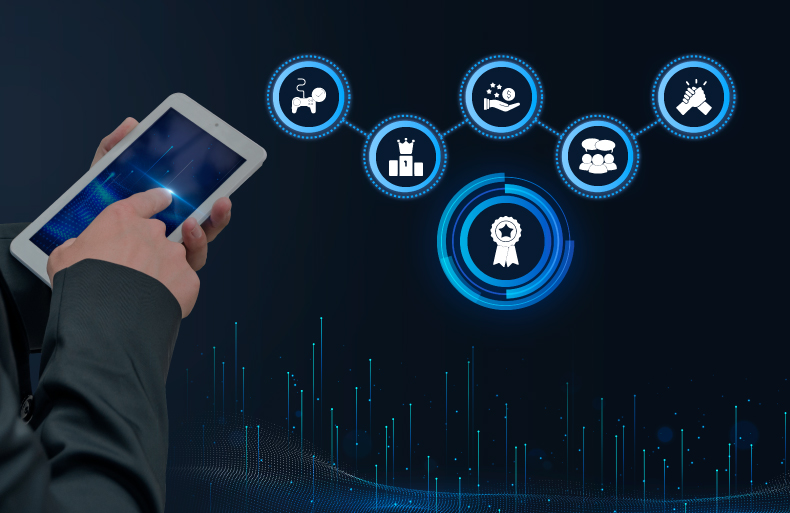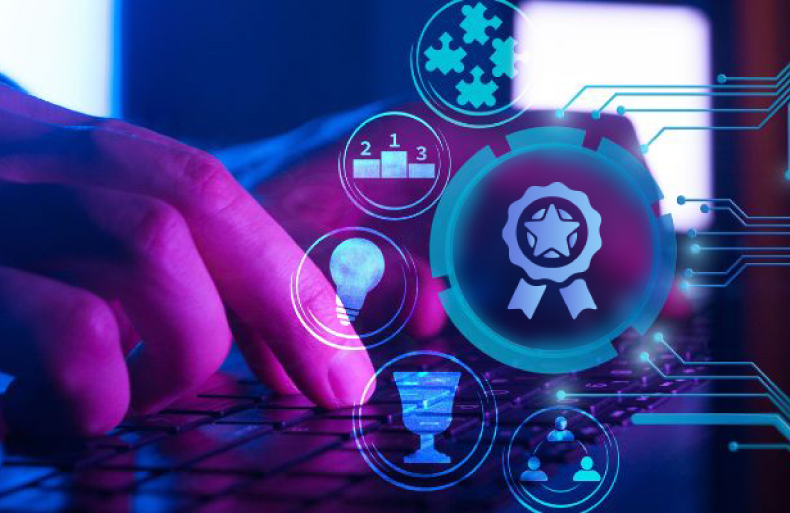Supercharge Sales & Service With Salesforce Gamification
Salesforce Gamification helps revolutionize the way businesses engage their teams.
By incorporating game elements into everyday work processes, it transforms routine tasks into exciting challenges, fostering healthy competition, recognition, and ultimately driving desired behaviors and outcomes.
With Salesforce Gamification, organizations can create dynamic leaderboards, award badges & points, and design interactive missions, all within the Salesforce platform.
By tapping into the innate human desire for achievement, recognition, and friendly competition, gamification elevates employee performance, productivity, and overall job satisfaction.
The blog post discusses why organizations are embracing gamification and how to design effective strategies with Scorenotch for unparalleled success.
Key Components of Salesforce Gamification
1. Leaderboards: Leaderboards display real-time rankings and performance metrics, allowing you to see your progress compared to your peers.
2. Badges and Points: Badges and points are virtual rewards that can be earned by completing tasks, reaching milestones, or demonstrating specific skills or behaviors.
By combining these key components, it helps create a dynamic and engaging environment where employees can thrive, collaborate, and achieve their full potential.
Let’s see how these components fit within Salesforce Cloud.
Impact and Benefits of Gamification in Salesforce Cloud
Gamification has a profound impact on the Sales Cloud, Service Cloud, and Experience Cloud, bringing numerous benefits that drive success, engagement, and exceptional user experiences.
Let’s dive into the impact and benefits of gamification in each of these:
1. Sales Cloud:
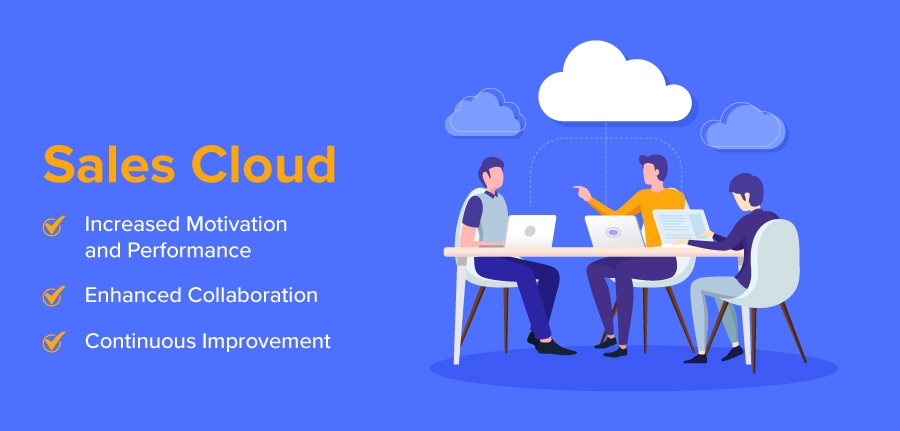
• Increased Motivation and Performance: Gamification injects excitement and competition into sales activities, motivating sales teams to achieve their targets and surpass expectations. Leaderboards, challenges, and rewards drive individuals to excel and maximize their sales performance.
• Enhanced Collaboration: Gamification fosters collaboration among sales teams by encouraging knowledge sharing, best practice sharing, and healthy competition. This collaborative environment boosts team dynamics, improves communication, and enables collective success.
• Continuous Improvement: With gamification, sales representatives are inspired to continuously improve their skills and knowledge. By participating in missions and earning rewards, they stay updated on product offerings and refine their sales strategies.
2. Service Cloud:
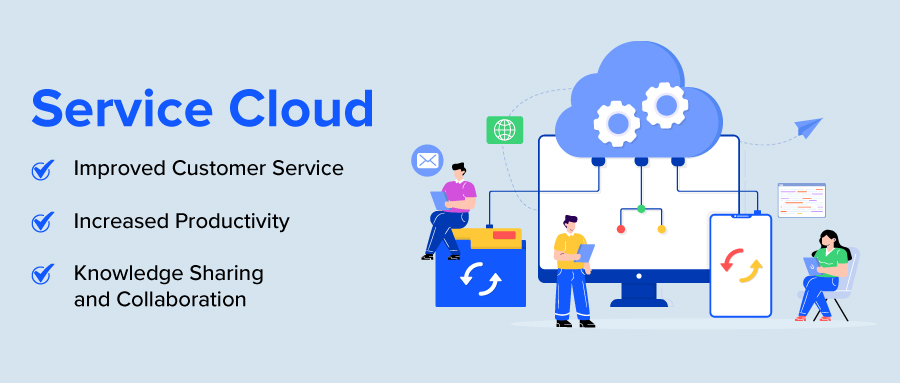
• Improved Customer Service: Gamification motivates customer service representatives to deliver exceptional service experiences. By incorporating gamified elements like badges and points, it rewards agents to provide efficient, personalized support and achieve customer satisfaction goals.
• Increased Productivity: Gamification motivates service teams to enhance their productivity and efficiency. Through leaderboards and rewards, agents strive to resolve customer issues promptly, meet service-level agreements, and optimize their performance.
• Knowledge Sharing and Collaboration: Gamification encourages healthy competition through knowledge sharing and collaboration among service representatives. It promotes a culture of teamwork, where agents can exchange insights, best practices, and problem-solving techniques, resulting in improved service quality.
3. Experience Cloud:
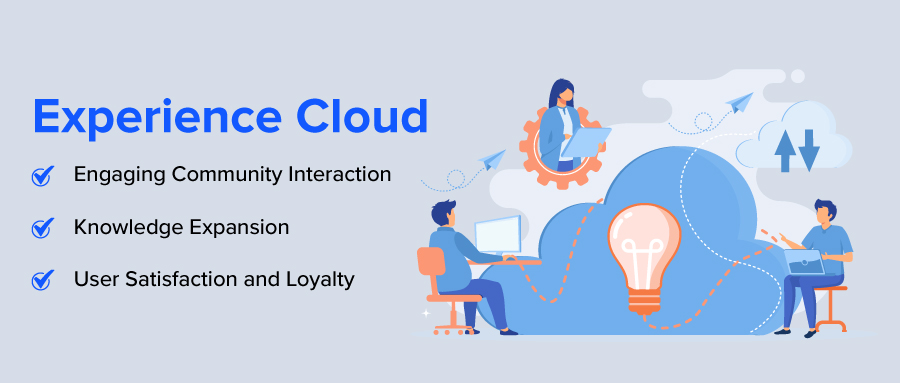
• Engaging Community Interaction: Gamification enhances user engagement within Experience Cloud communities. Introducing leaderboards, challenges, and rewards, encourages active participation and contribution from community members. This fosters a vibrant and interactive community experience.
• Knowledge Expansion: Gamification facilitates knowledge expansion within communities. By incentivizing users to share valuable insights, answer questions, and contribute meaningful content, it cultivates a rich knowledge base and strengthens the community’s collective expertise.
• User Satisfaction and Loyalty: Gamification increases user satisfaction and loyalty within the Experience Cloud. By providing a gamified environment where users can earn badges, accumulate points, and receive recognition for their contributions, it fosters a sense of accomplishment and belonging, leading to enhanced user loyalty.
Therefore, gamification in Sales Cloud, Service Cloud, and Experience Cloud has a transformative impact on motivation, performance, collaboration, and user engagement. By leveraging gamification, organizations can unlock the full potential of these Salesforce clouds, drive desired behaviors, and deliver exceptional experiences to their teams and customers.
5 Reasons Why Organizations Are Adopting Salesforce Gamification
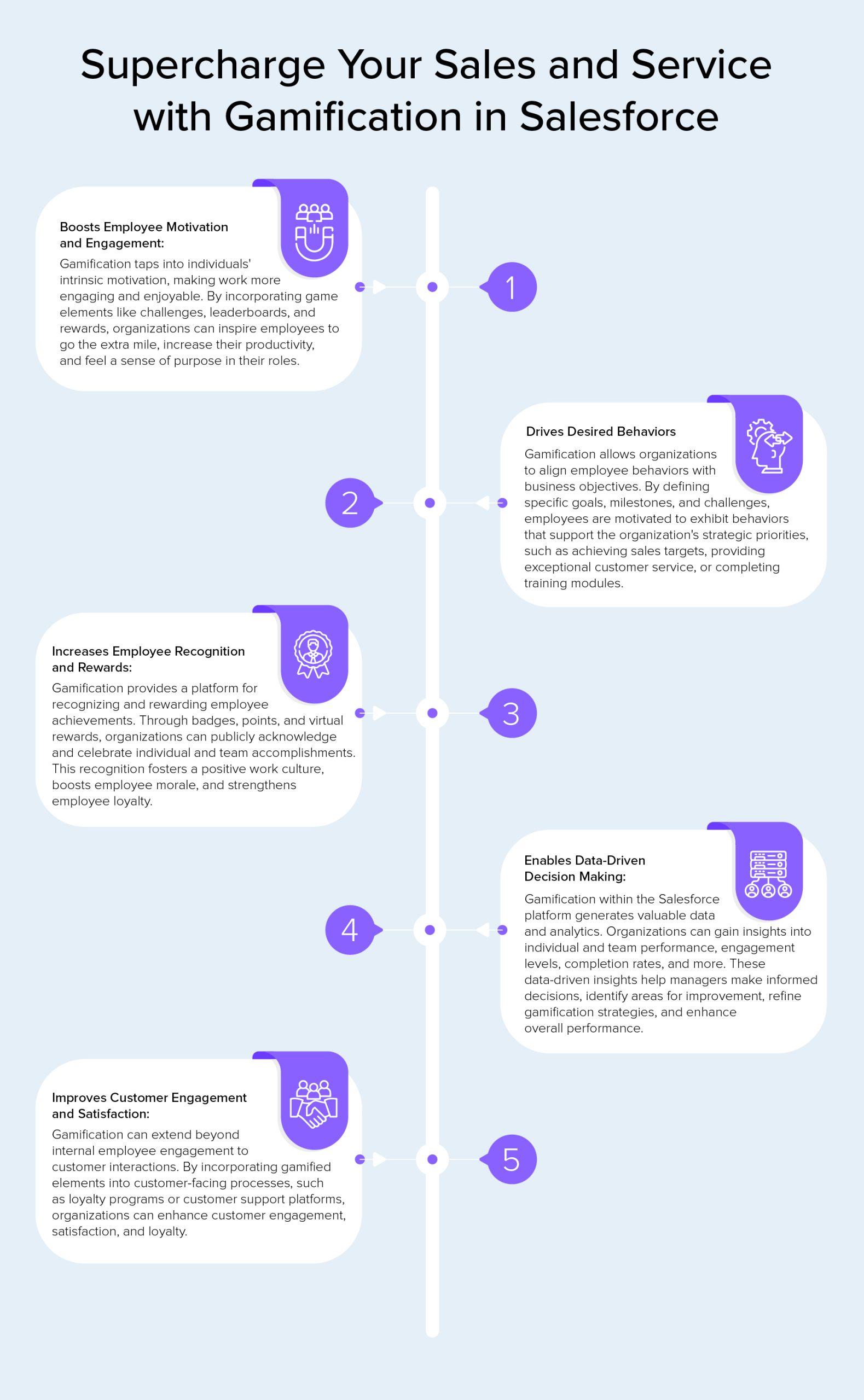
Organizations are increasingly adopting gamification within the Salesforce platform for the following reasons –
1. Boosts Employee Motivation and Engagement: Gamification taps into individuals’ intrinsic motivation, making work more engaging and enjoyable. By incorporating game elements like challenges, leaderboards, and rewards, organizations can inspire employees to go the extra mile, increase their productivity, and feel a sense of purpose in their roles.
2. Drives Desired Behaviors: Gamification allows organizations to align employee behaviors with business objectives. By defining specific goals, milestones, and challenges, employees are motivated to exhibit behaviors that support the organization’s strategic priorities, such as achieving sales targets, providing exceptional customer service, or completing training modules.
3. Increases Employee Recognition and Rewards: Gamification provides a platform for recognizing and rewarding employee achievements. Through badges, points, and virtual rewards, organizations can publicly acknowledge and celebrate individual and team accomplishments. This recognition fosters a positive work culture, boosts employee morale, and strengthens employee loyalty.
4. Enables Data-Driven Decision Making: Gamification within the Salesforce platform generates valuable data and analytics. Organizations can gain insights into individual and team performance, engagement levels, completion rates, and more. These data-driven insights help managers make informed decisions, identify areas for improvement, refine gamification strategies, and enhance overall performance.
5. Improves Customer Engagement and Satisfaction: Gamification can extend beyond internal employee engagement to customer interactions. By incorporating gamified elements into customer-facing processes, such as loyalty programs or customer support platforms, organizations can enhance customer engagement, satisfaction, and loyalty.
Wrapping Up
By leveraging gamification within the Salesforce platform, organizations can create an environment that fosters motivation, engagement, collaboration, learning, and healthy competition. This ultimately leads to improved performance, increased employee satisfaction, and enhanced business outcomes.
Wish to Design Effective Salesforce Gamification Strategies With ScoreNotch? Let’s Talk.




